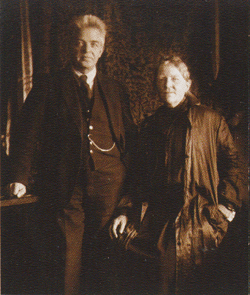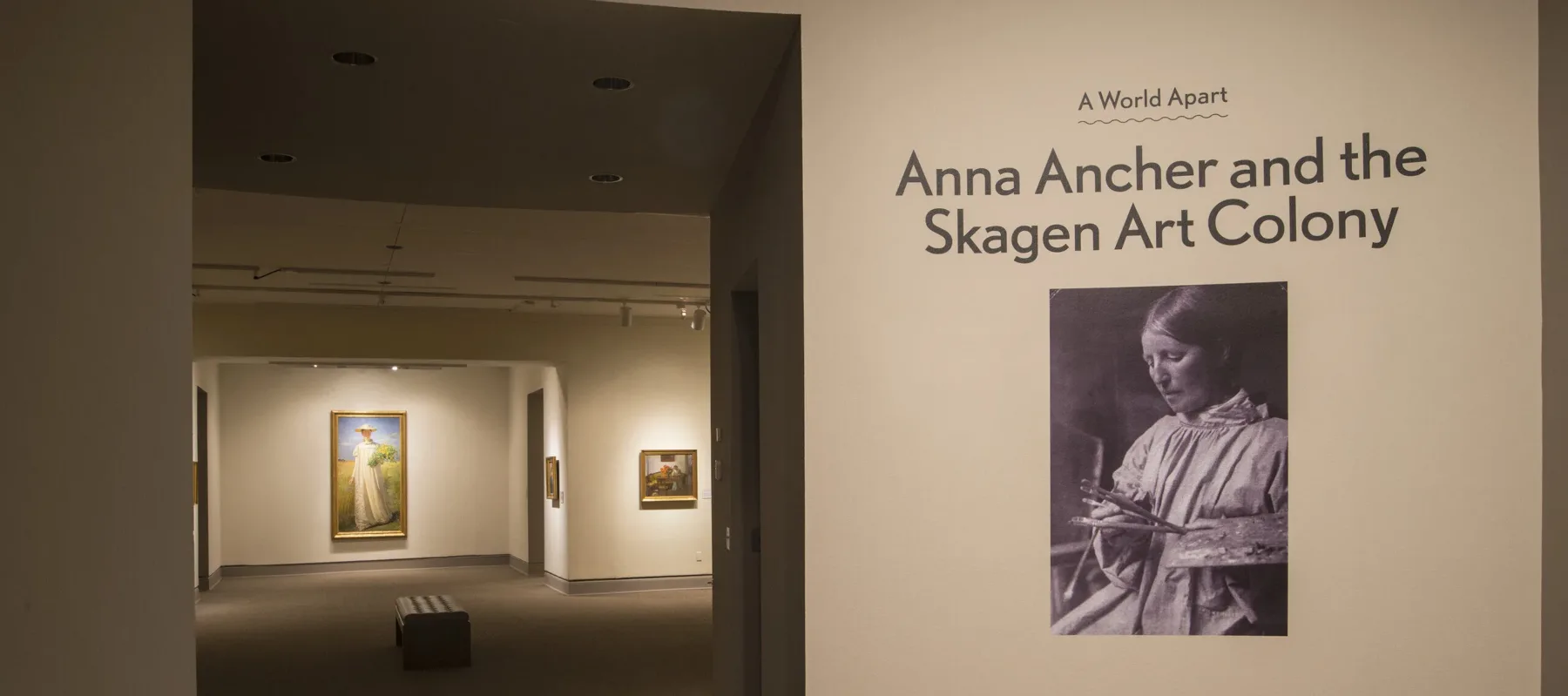In honor of A World Apart: Anna Ancher and the Skagen Art Colony, we’re researching other delightful, innovative, and interesting Danish women in the arts. One of the most famous Danish sculptors of her time, Anne Marie Carl-Nielsen (née Brodersen; 1863–1945) was a prolific artist who achieved widespread fame during her life, won numerous awards, and became a trendsetter in Danish art.
Born on a farm in South Jutland, Anne Marie grew up with a fondness for animals, and at age 12 modeled her first sculpture of a pet lamb. Despite her parents’ disapproval, she pursued artistic training, attending woodcutting school at age 17, and studied animal anatomy with help from a local veterinarian who gave her animal carcasses to study.

In the early 1880s, Anne Marie moved to Copenhagen and became the private student of August Saabye, professor of sculpture at the Danish Academy of Fine Arts. From then on, Anne Marie’s artistic star began to rise: she exhibited for the first time in 1884 at Charlottenborg (Copenhagen’s only exhibition hall at the time), and at age 24, won first prize in a competition for a fountain piece depicting Thor and Midgårdsormen (“the Midgard Serpent”), a tale from the rich world of Nordic mythology that often inspired her work.
Her first major monument, Thor and Midgårdsormen portrays a pivotal moment when the nude, muscular god of thunder raises his hammer for a deathblow after reeling in the hideous serpent, teeth barred and tongue lashing furiously in protest.
According to myth, Thor and the sea creature, believed to be so long that it circumnavigated the earth, engaged in a battle so colossal that lightning raged between them. On the verge of defeating the serpent, Thor raised his hammer to strike, but the serpent escaped to the ocean floor where, according to myth, it awaits Thor’s vengeful return at Ragnarök, the end of the world. Anne Marie’s vivid portrayal of the masculine, violent scene was unprecedented for a woman artist; in 2007, the work was acquired by Denmark’s Odense City Museums.

In 1888, Anne Marie received a scholarship to the Art School for Women upon its foundation as part of the Academy. Two years later, she traveled to Paris, where she copied Greek statues in the Louvre and spent evenings with a Scandinavian artists’ group. There, she met world-famous composer and violinist Carl Nielsen, to this day considered Denmark’s greatest composer. The two became inseparable and married shortly after in Italy.
Their marriage was one of artistic equality: Anne Marie was free to pursue her art, even when it entailed long absences from home. The couple raised a son and two daughters, one of whom, Anne Marie Telmanyi, became a talented painter.
